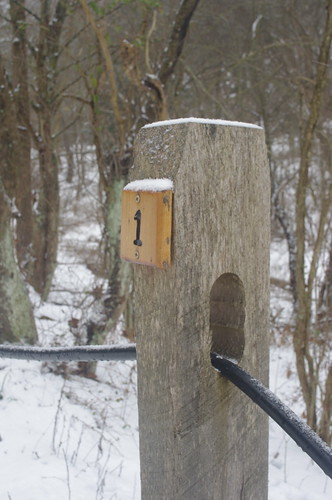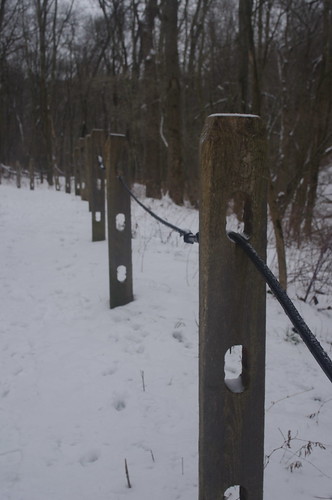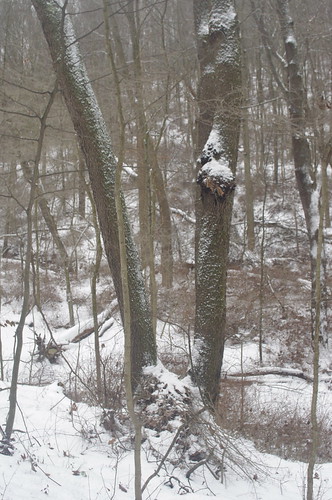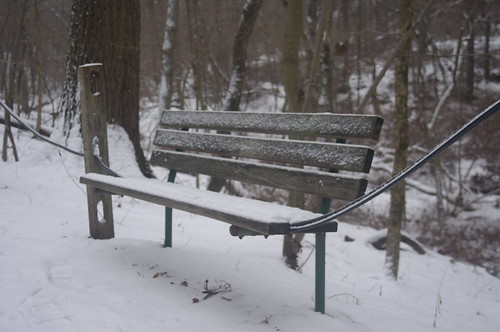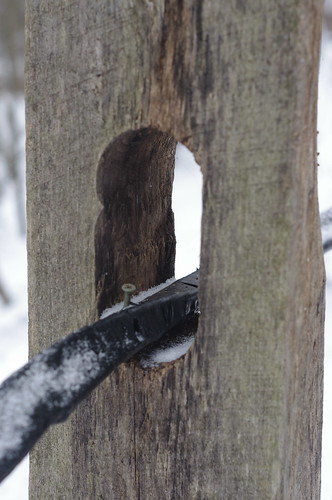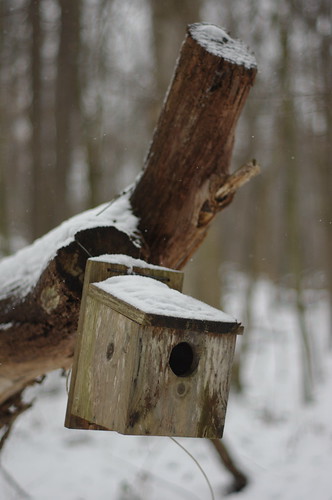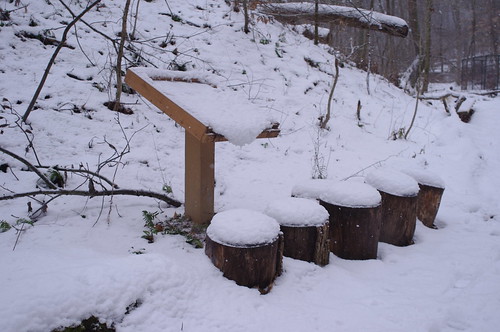
The Hurt Locker is set soon after the 2003 U.S. invasion of Iraq and follows a 3-man Explosives Ordinance Disposal (EOD) team: Sergeant James, Sergeant Sanborn and Specialist Eldridge. Sergeant James joins the team near the end of a one-year tour of duty, following the death of Sergeant Thompson. As the senior in rank, James is the team leader. He is also the EOD Tech (i.e. the one who handles the explosive device). Sanborn is Ranger qualified and acts as a mentor to Eldridge. Eldridge is the young one, fighting his fear of dying in combat.
James has two things against him as a leader. First, he is a replacement team leader close to the end of a tour of duty. i.e. these are short timers counting the days until the end of the tour. Second, he is very aggressive, choosing to tackle difficult problems directly instead of conservatively. And this is the defining conflict of the movie.
A lot of things about the setting are very well done. The overall competence of American forces, especially American NCOs, was on full display. The difficulties in working in insurgent environments where it was hard to tell who was on which side. The desire to help the Iraqi's against the desire to take the safe way out. The tension of going into an environment where nothing is secure and everything is fluid and can easily turn deadly without warning. They even showed the tension within the Army between those who viewed their role as security and combat versus those who viewed victory as something that would only be gained by connecting with the population (in the early days, the political leadership was decidedly on the security/combat only view.)
But in the interest of setting up the story, there are many things that are unreasonable. An EOD team was a highly valuable asset, and would not have been risked travelling without an escort. They would not have been employed as light infantry (something alluded to at one point). A Colonel, (especially one that is not combat arms) would not have been allowed to be outside secure areas without escort (but at least they had the sense to tease him in film about his acknowledged incompetence in potential combat roles). And an EOD tech whose job it was to concentrate intently on a single narrow thing (the explosive device) would not be a team leader with the responsibility for an entire team. The parts taken from disarmed explosives would have been taken for investigation and study, not allowed to be hiding underneath some soldier's bed.
But all is forgiven with how well the conflict between James and Sanborn is done. Every scene becomes a way to address this tension in another way. James aggressiveness versus Sanborn's conservationism (of the "I am a soldier who intends to use my experience to complete my mission and live" variety, not the political variety). James single focus on the technical task and challenge of disarming explosives versus Sanborn's view of situations as a whole. And with all that, the fact that James is in fact the team leader, even if Sanborn is tactically more competent (note that Sanborn is Ranger qualified, something that is made explicit when he fills the role of sniper in one scene.)
One thing that the director and writer find hard to get is motivation. The feel of the environment seems pretty good, showing the confusion and lack of clarity in what can be seen. The characters seem reasonable (the writer spent time with a team, and claims the characters are composites. Even if he put character qualities that should not be in a single person together). But we don't quite get the motivations of the characters. Leaders do not get the luxury of focusing on one technical detail while they ignore their men (the Specialist track is for this group). People who are highly trained in very technical skills e.g. EOD techs) do not tend to turn into cowboys. And a Specialist (which usually implies a few years of experience) near the end of a year long combat tour does not get congratulated for not becoming frozen in a combat situation.
Even so, with what they did get right, it is probably one of the better movies on the current wars (see my other reviews). And the depiction of conflict between James and Sanborn makes it a good film.
